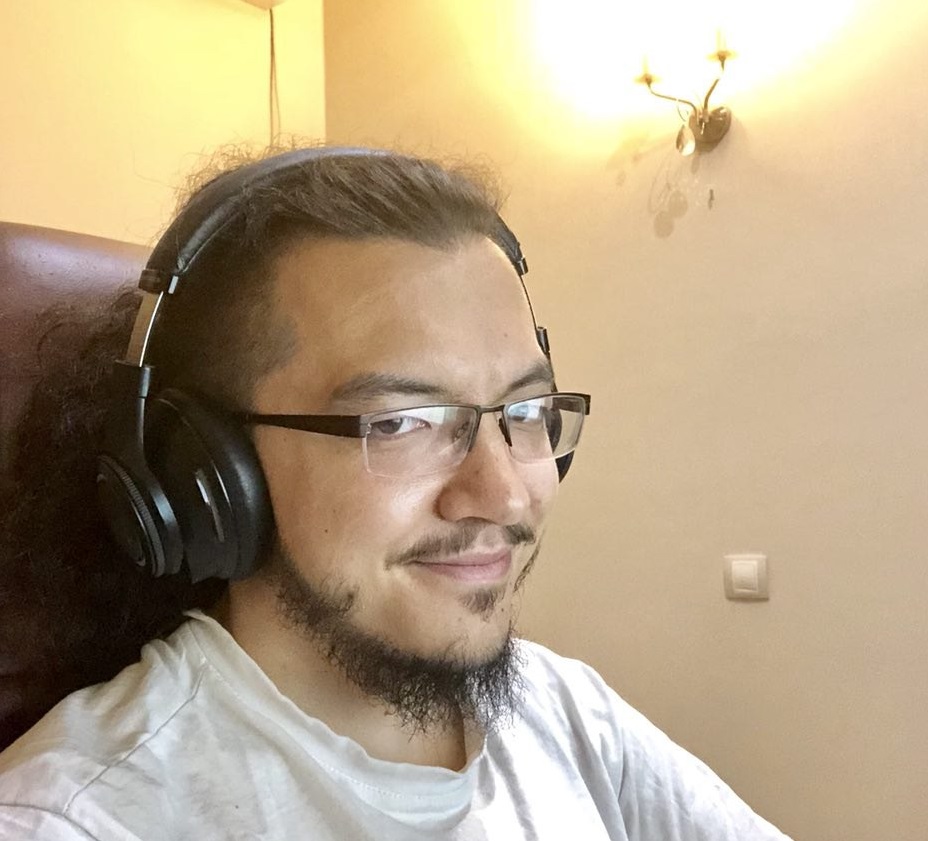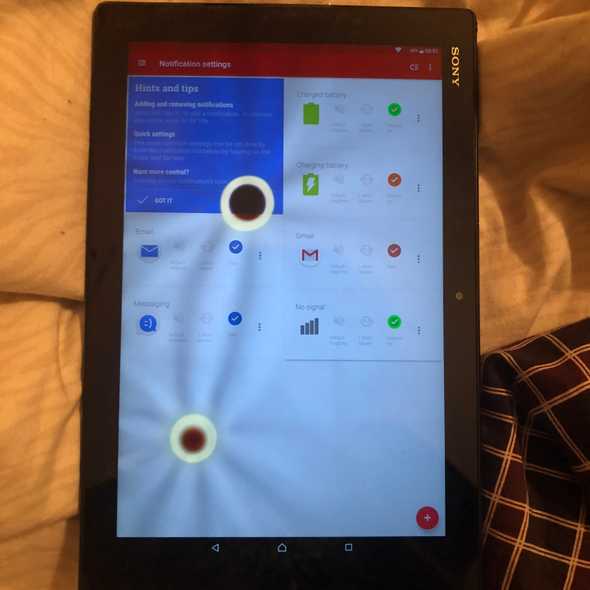Understand the World
A failed experiment, and the real magic
August 28, 2018
Today’s post was meant to be a short plan for the next few days (“commit to a plan in public,” blah blah). Then, things suddenly went south.
As some of you know, I’m recovering from a LASIK eye surgery right now. My vision still fluctuates a lot, I get tired fast, need eye drops four times a day, all that stuff.
The Idea
So I got curious about how exactly do my eyes distort things when I see them blurred just a bit again, but still quite sharp at any distance.
In the hospital, they use a method called “wavefront aberrometry,” where a precise shape of your cornea is computed from the photos of rings or grids reflected by your eye. Of course, I don’t have an aberrometer at home, but there’s also a much simpler measurement called a “point spread function,” or PSF.
Look at the small bright dot. If your eye projects it on the retina imperfectly, you will see a small circle instead of a dot. Or a blotch. Or a dot with some light streaks. Photographers like to call this stuff “bokeh.”
And if you squint a bit, you’ll see it wiggle into something smaller, or larger, etc.—it’s the light rays going differently as the eyeball curvature changes.
Simple, insightful, cheap. What could possibly go wrong?
Theory vs Practice
First, you need a dot that’s bright just a right amount. Not too bright to blind you, or make you squint all the time, but still bright enough to see the faint imperfections. And not a white dot! Different colors refract differently, and it’s hard to tell the exact shape of a rainbow-colored smudge. Better use something like pure green, red or blue. Or compare all of them side-by-side.
After staring at various lamps, pictures of dots and circles, I remembered about the notification LED on my Android tablet that I don’t use much. Huge battery, configurable color, can be placed everywhere and left overnight. Awesome.
So, I installed a “notification tester” app, set up a dummy notification that forced the LED to glow solid green, turned off the lights—great! It works! Then I placed the tablet on a lamp over my bed (so I can just look up and compare my vision before and after eye drops), squinted a couple of times more, and fell asleep.
Next day, I went out, got myself cool new sunglasses, and completely forgot about the tablet.
In the evening, I turned the lights back on. The tablet was still there. Then the night came, I turned off the lights, got happy that the green dot is still here… and thought “hey, maybe let’s switch the color to red, and compare?”
I picked up the tablet, pressed the power button… FUCK! In three or so hours the light was turned on, it literally burned holes in the tablet screen, where it was near the lightbulbs! Sure, it still works as The Green Dot, plays music, all that stuff, but now this experiment is anything but cheap!
What’s next?
I like to experiment. You have this great new idea, try it, sometimes it works, often it doesn’t, and sometimes you end up with a total disaster on your hands.
If you ever tried to do something new, you certainly know this feeling—staring at perfectly polished Instagram feeds, thinking about how your day went and wondering “is it just me who fails at everything, while others get everything right on the first time?”
It’s not just you. Every “overnight success” comes as a result of dozens, even hundreds, less successful attempts. A lot of people tell me “oooh, you do all these great things, I could never achieve that, I always fail, this means I’m no good with my hands!”
Now, I’m not sure this particular failure is particularly valuable, but it sure shows the hard parts that sometimes happen under the curtain, even when I say “don’t worry, let me just do my magic.”
The real magic is to don’t give up.

Ideas, experiments and projects by Oleksandr.
Ping me via Telegram, Twitter, or just e-mail. There's also a Telegram channel of articles I like.

